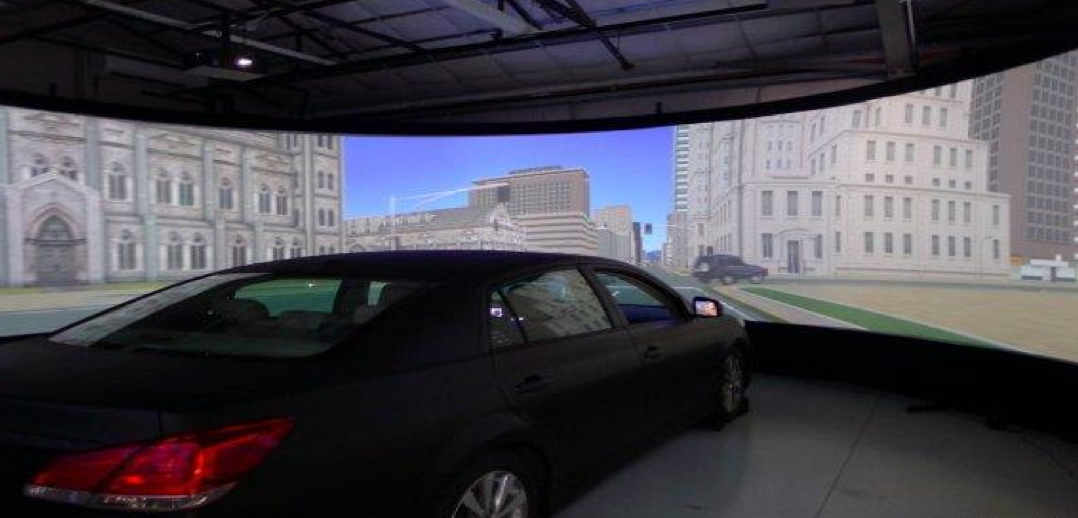Stanford: taking back control of an autonomous car takes five to eight seconds

Autonomous cars are based on the premise – similar to airplanes – that the human driver can take back control of the vehicle in case of emergency.
But that takes quite a bit of time. Two seconds are not enough, even when the (backup) driver is not performing other talks. Five to eight is generally the norm. A lot of things can happen on the road in five to eight seconds.
Although it is easy to understand this intuitively (as we pointed out earlier), we were lacking publicly available research on this topic.
Researchers at Stanford University have just published a paper (“Timing of Unstructured Transitions of Control in Automated Driving), that clearly makes the point:
In this study, we observed how participants (N=27) in a driving simulator performed after they were subjected to an emergency loss of automation. We tested three transition time conditions, with an unstructured transition of vehicle control occurring 2 seconds, 5 seconds, or 8 seconds before the participants encountered a road hazard that required the drivers’ intervention.
Few drivers in the 2 second condition were able to safely negotiate the road hazard situation, while the majority of drivers in 5 or 8 second conditions were able to navigate the hazard safely.
Their conclusions are even more revealing (or alarming):
Although the participants in the current study were not performing secondary tasks while the car was driving, the 2 second condition appeared to be insufficient. The participants did not perform well and liked the car less.
Additionally, participants’ comfort in the car was also lower in the 2 second condition. Hence, it is recommended to give warnings or relinquish control more than 2 seconds in advance. While not necessarily the minimum required time, 5 second condition from a critical event appeared to be sufficient for drivers to perform the take over successfully and negotiate the problem. While the results of this study indicated that there was a minimum amount of time needed for transition of control, this was true when the drivers only monitored the car’s activity and did not perform secondary tasks. It is possible that these results can change if the drivers are occupied with other activities.
A Financial Times video report (2:57 to 4:57) shows more on how the study was conducted.



